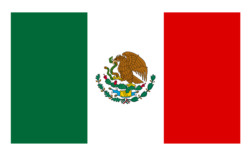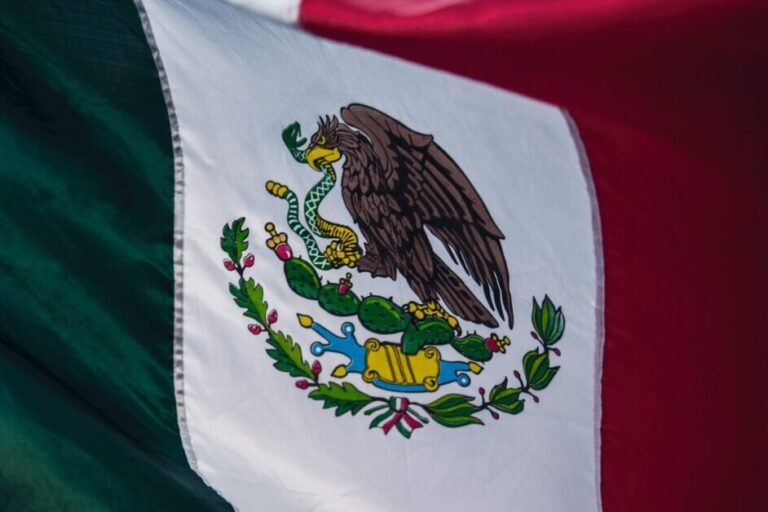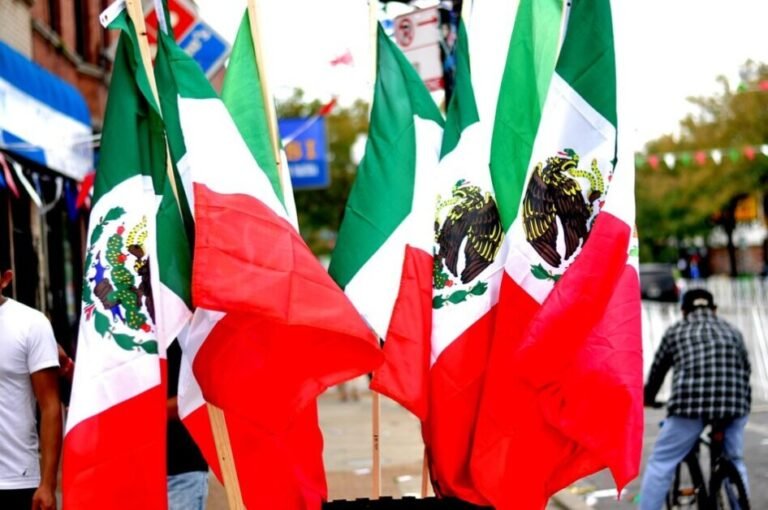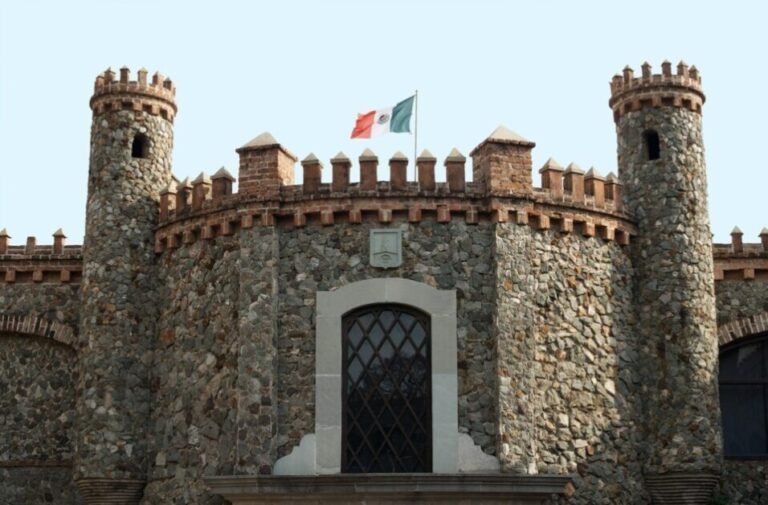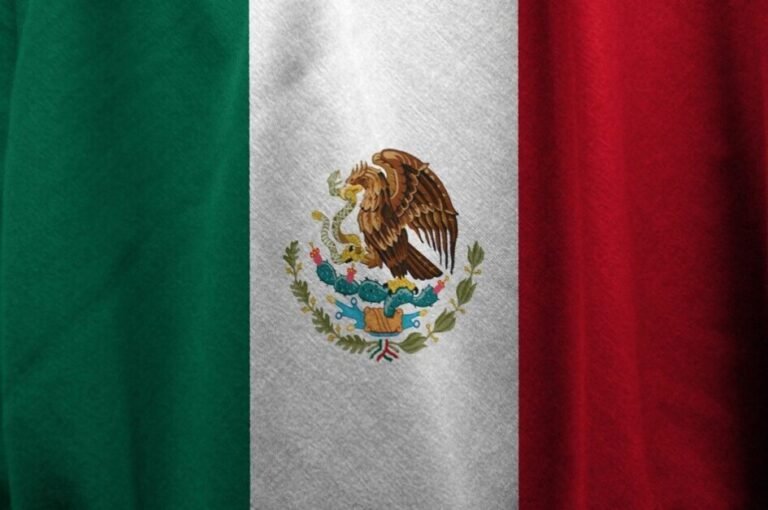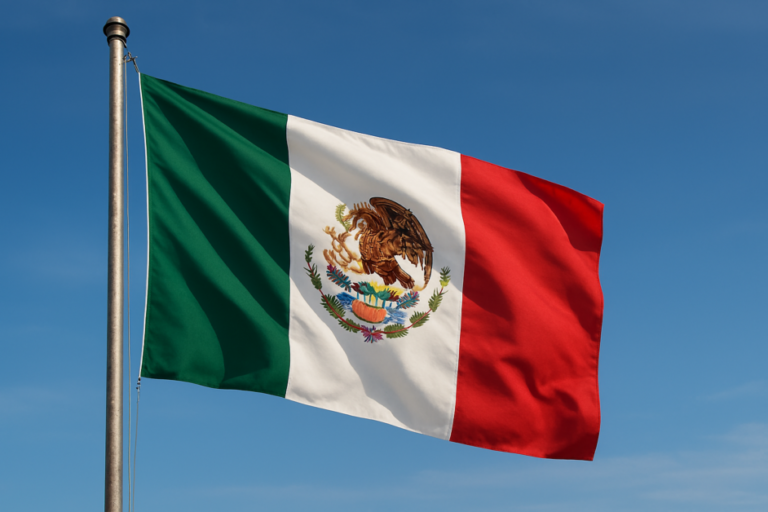What 3 Items Are On The Mexican Flag?
You’ve probably seen it waving proudly in the wind or draped across the shoulders of passionate sports fans. But have you ever stopped to wonder what exactly makes up the vibrant colors and symbols on the Mexican flag? Well, let me shed some light on this fascinating topic for you. In this article, we’ll take a closer look at the flag of Mexico and explore the three essential elements that adorn it, each carrying a significant meaning within Mexican culture. So, get ready to uncover the secrets behind this iconic symbol of national pride!
Overview of the Mexican Flag
The Mexican flag is a powerful symbol of Mexican culture and heritage. It is a tricolor flag consisting of three vertical bands of green, white, and red. At the center of the white band, there is a national coat of arms, which adds to the significance and beauty of the flag. Each element of the flag has deep historical and symbolic meaning, representing the rich history and values of Mexico. The flag is widely revered and celebrated, particularly on Mexican Independence Day, which is a national holiday.
Description of the Mexican Flag
The Mexican flag has a simple yet striking design. It consists of three equal horizontal bands of green, white, and red. The green band is located on the hoist side of the flag, the white band is in the middle, and the red band is on the fly side. These bands are arranged vertically when the flag is displayed. In the center of the white band, there is the national coat of arms, which is a key component of the flag and holds great symbolism.
Background and Symbolism of the Mexican Flag
The Mexican flag has a long and significant history. Its design dates back to the early 19th century and has evolved over time to represent the values and aspirations of Mexico as a nation. The green, white, and red colors of the flag are deeply meaningful and reflect the ideals of independence, unity, and courage. The national coat of arms, with its intricate details and symbolic elements, further illustrates the history and culture of Mexico. Together, these elements make the Mexican flag a powerful symbol of national pride and identity.
Origins of the Mexican Flag
The Mexican flag has its origins in the flag of the Army of the Three Guarantees, a revolutionary army led by Agustín de Iturbide during the Mexican War of Independence. This flag, which consisted of three vertical bands of green, white, and red, served as a precursor to the modern Mexican flag. It was adopted as the national flag when Mexico gained independence from Spain in 1821.

Changes and Evolution of the Mexican Flag
Since its adoption, the Mexican flag has undergone several changes. In 1968, the coat of arms was modified to better represent the ideals of the Mexican Revolution. The current design, featuring an eagle perched on a cactus with a snake in its beak, was adopted in 1968 and remains unchanged to this day. These changes reflect the evolving history and values of Mexico and ensure that the Mexican flag remains a powerful symbol that resonates with the Mexican people.
Shape and Dimensions of the Mexican Flag
The Mexican flag has a rectangular shape, with a width-to-length ratio of 4:7. This means that the width of the flag is four units, while the length is seven units. The flag has a total of three equally-sized vertical bands, each occupying one-third of the flag’s width. The dimensions of the flag are carefully regulated to ensure consistency and uniformity across all representations of the flag.
Color Scheme of the Mexican Flag
The color scheme of the Mexican flag is vibrant and meaningful. The green band represents hope and independence, symbolizing the lush landscapes of Mexico. The white band signifies purity and unity, reflecting the desire for a harmonious and prosperous nation. Finally, the red band represents courage and the blood shed by the Mexican heroes who fought for independence and freedom. The combination of these colors creates a visually striking flag that captures the spirit of Mexico.
Arrangement of the National Coat of Arms
The national coat of arms is a prominent feature of the Mexican flag and is positioned at the center of the white band. It consists of a golden eagle perched on a prickly pear cactus, with a snake in its beak. The eagle is depicted with its wings spread wide, symbolizing strength, power, and protection. This emblematic representation of an ancient Aztec legend is proudly displayed on the Mexican flag, signifying Mexico’s rich indigenous heritage and the resilience of its people.

Description of the National Coat of Arms
The national coat of arms is a distinctive and intricate symbol that adds depth and meaning to the Mexican flag. The golden eagle, perched on a prickly pear cactus, represents the strength and power of the Mexican people. The snake in the eagle’s beak symbolizes conquest and control, harking back to the Aztec legend of the founding of Tenochtitlan, the ancient capital of the Aztec Empire. The national coat of arms is intricately designed, with detailed feathers, claws, and other elements that highlight the craftsmanship and artistry of Mexican culture.
Symbolism and Meaning of the National Coat of Arms
The national coat of arms holds deep symbolism and meaning. The golden eagle represents the bravery and courage of the Mexican people, while the prickly pear cactus symbolizes the land of Mexico. The snake being devoured by the eagle represents the triumph of good over evil and the victory of the Mexican people in their struggle for independence. Together, these elements embody the strength, resilience, and triumph of the Mexican nation.
Significance of the Green Band
The green band on the Mexican flag holds great significance. It represents hope, renewal, and the fertile lands of Mexico. The color green is also associated with the powerful forces of nature, symbolizing growth and life. This band serves as a reminder of Mexico’s abundant natural resources and the determination of its people to shape a prosperous and sustainable future.
Symbolism and Meaning of the Green Color
The green color on the Mexican flag carries deep symbolism. It represents the lush landscapes, forests, and vegetation that cover the Mexican territory. It symbolizes the abundance of natural resources and the fertile land that supports Mexico’s agriculture, making it an integral part of the nation’s identity. The green band also serves as a reminder of the importance of environmental conservation and sustainable development to ensure a vibrant future for Mexico.

Significance of the White Band
The white band on the Mexican flag holds immense significance. It symbolizes purity, innocence, and peace. The color white represents the unity and harmony among the diverse people of Mexico. It serves as a reminder of the importance of coming together as a nation, setting aside differences, and working towards a common goal of progress and prosperity.
Symbolism and Meaning of the White Color
The white color on the Mexican flag embodies purity and virtue. It represents the quest for a peaceful and harmonious society, free from conflicts and divisions. The white band serves as a reminder of the need for tolerance, understanding, and respect among all members of the Mexican community. It symbolizes the shared values and aspirations that unite the Mexican people and form the foundation of a strong and resilient nation.
Significance of the Red Band
The red band on the Mexican flag holds significant meaning. It represents the bloodshed and sacrifices of the Mexican heroes who fought for independence and freedom. The color red symbolizes courage, valor, and the indomitable spirit of the Mexican people. It serves as a reminder of the struggles and triumphs of the past, fueling the determination to protect and defend the nation’s sovereignty.
Symbolism and Meaning of the Red Color
The red color on the Mexican flag signifies bravery, sacrifice, and patriotism. It represents the blood that was shed by the Mexican heroes who fought for the nation’s independence. The color red serves as a symbol of the unwavering commitment to freedom, justice, and equality. It encourages the Mexican people to stand united and to face challenges with strength and courage, ensuring that the ideals of the nation are upheld.
Importance and Display of the Mexican Flag
The Mexican flag holds great importance in Mexican culture and society. It is a cherished symbol that represents the ideals, values, and history of the Mexican nation. The flag is proudly displayed in various public spaces, government buildings, schools, and households throughout Mexico. It serves as a unifying symbol that brings the Mexican people together, fostering a sense of pride, patriotism, and identity.
Flag Etiquette in Mexico
In Mexico, displaying the flag is done with utmost respect and adherence to proper flag etiquette. The flag should always be treated with dignity and care. It must be raised at sunrise and lowered at sunset, indicating the start and end of the day. When the flag is hoisted, it should be done with ceremony and respect, ensuring that it is raised briskly and smoothly. It should never touch the ground or be used for any kind of decoration or ornamentation. Furthermore, the flag should always be flown freely and not obstructed by any other object.
Connection between the Mexican Flag and Independence Day
The Mexican flag is intrinsically linked to Mexican Independence Day, which is celebrated on September 16th every year. This day marks the beginning of the Mexican War of Independence against Spanish rule in 1810. The flag serves as a powerful symbol of the struggles and sacrifices made by the Mexican heroes during the fight for independence. On Independence Day, the flag is prominently displayed and honored during various celebrations and festivities, serving as a reminder of Mexico’s hard-fought freedom.
Celebrations and Traditions on Independence Day
Mexican Independence Day is a lively and vibrant celebration filled with festivities, parades, music, dancing, and fireworks. The day is marked by the Grito de Dolores, a reenactment of Miguel Hidalgo’s iconic cry for independence. People gather in plazas and town squares across Mexico to listen to speeches, sing the national anthem, and pay homage to the Mexican flag. Families come together to enjoy traditional Mexican food and drinks, creating a joyful atmosphere of unity and national pride.
Comparison with the Italian Flag
While the Mexican flag shares similarities with the Italian flag in terms of its tricolor design, the two flags have distinct differences. The Italian flag consists of three vertical bands of green, white, and red, in the same order as the Mexican flag. However, the shade of green used in the Mexican flag is darker than the vibrant green of the Italian flag. Additionally, the Mexican flag features the national coat of arms at the center of the white band, while the Italian flag remains unadorned. Despite these differences, both flags represent the resilience, history, and cultural identity of their respective nations.
Comparison with the Irish Flag
The Mexican flag also bears similarities to the Irish flag in its tricolor design. The Irish flag, also known as the tricolor, consists of three equally-sized vertical bands of green, white, and orange. While the colors on the Mexican flag have different symbolic meanings, the Irish flag represents unity and peace among the different religious and political factions in Ireland. Unlike the Mexican flag, the Irish flag does not feature any emblem or coat of arms. These similarities highlight the diversity and richness of flag symbolism across different nations.
In conclusion, the Mexican flag is a powerful representation of Mexico’s history, values, and culture. Each element of the flag holds deep symbolism and meaning, reflecting the struggles and triumphs of the Mexican people. The flag is proudly displayed and honored throughout Mexico, serving as a unifying symbol that fosters national pride and identity. On Mexican Independence Day, the flag takes center stage, intertwining with celebrations and traditions that commemorate the nation’s hard-fought freedom. The Mexican flag stands tall as a testament to the resilience and spirit of the Mexican people, embodying the hopes, aspirations, and rich heritage of the nation.
